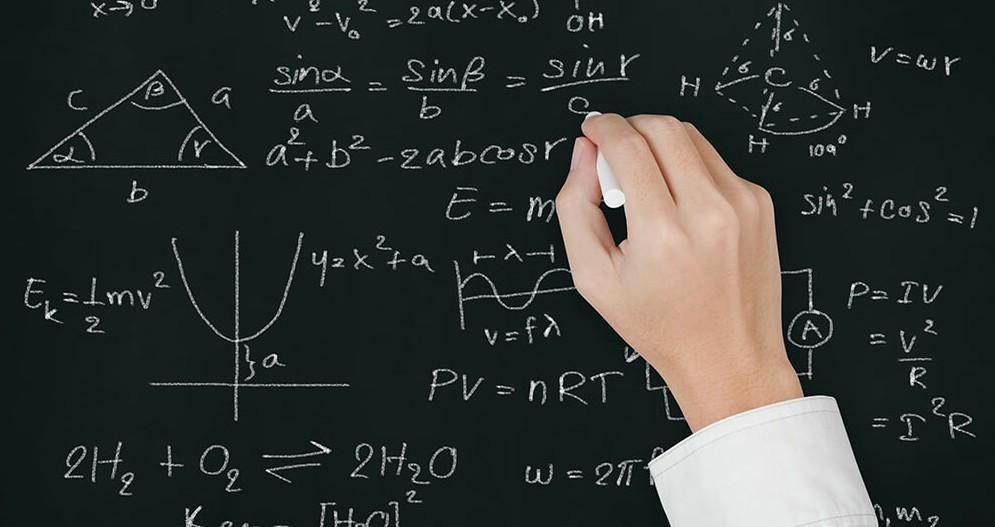11/09/2017 | Conductivity | 3 MINUTE READ
Making Sense of Conductivity, TDS, and Concentration in Water Treatment

What is Conductivity in Water?
Electrical conductivity, or specific conductance, refers to how well a medium conducts electricity. We know that water conducts electricity, which is why we don’t go swimming during a thunderstorm or use a hair dryer in the bathtub. However, water is not a good conductor of electricity on its own. In order for water to conduct electricity, there must be ions present. The electrical conductivity of water is often measured in industrial and environmental applications as an easy, inexpensive way to determine the number of ions present.
Electrical Conductivity Units
There are several different conductivity measurement units in use today. When measuring in conductivity units we will often use either siemens or mhos; these units are equivalent, e.g. one microsiemen = one micromho. The term mho is actually derived from the unit of measure for resistivity, the ohm. When working with ultrapure water the measurement are typically referenced in ohms, with ultrapure water over referred to as 18 megaohm water.
Conductivity measurements are often converted into TDS units, salinity units, or concentrations. This might be parts per million (ppm), parts per thousand (ppt) or percent i.e a 10 percent hydrochloric acid solution.
How to Measure Salinity and TDS
The conductivity measurement units you use will depend on your location and the conventions of your application. Each industry has a preferred unit of conductance. Note that TDS (expressed in mg/L or ppm) actually refers to the number of ions present, not the electrical conductivity. However, as mentioned previously, electrical conductivity is often used to measure the number of ions present. TDS meters measure electrical conductivity and convert the value to a reading in mg/L or ppm. Electrical conductivity is also an indirect way to measure salinity. When measuring salinity, units are typically expressed in ppt. Some conductivity instrumentation comes pre-configured with the option to measure salinity if desired.
Note that conductivity measurements are dependent on temperature and ionic species present.
How to Convert Conductivity to Concentration
The conversion between conductivity and TDS or salinity depends on the chemical composition of the sample. TDS measurements are typically used for environmental monitoring, where most dissolved solids are ionic. Different ions produce different values of electrical conductivity. Since TDS meters rely on a single conversion factor for different ionic species, measured TDS values will almost always be slightly different from true TDS values. In order to determine concentration from conductivity, the ionic composition of the solution must be known.
- 1 S/m = s3 * A2 / kg * m3 where s is second, A is ampere, kg is kilogram, m is meter
- 1 mho/m = 1 rom = 1 S/m
- 1 EC = 1 µS/cm = 1 x 10-6 S/m
- 1 CF = 10 EC = 10 µS/cm = 1 x 10-5 S/m
- ppm500 = 500 x (conductivity in mS/cm) (USA)
- ppm640 = 640 x (conductivity in mS/cm) (Europe)
- ppm700 = 700 x (conductivity in mS/cm) (Australia)
- 1 mg/L = 1 ppm (assuming that the density of water is 1.00 g/mL)
Conductivity in Water Treatment
Different applications require different levels of water purity. As an example, the electrical conductivity of drinking water will usually be less than 1 mS/cm. Meanwhile, the semiconductor and pharmaceutical industries require extremely pure water, with an even lower electrical conductivity value than drinking water. The conductivity of pure water used in such applications is typically less than 1 µS/cm.
You can read more about how conductivity is measured for one such solution, reverse osmosis (RO) water, on our blog.
Posted by Dominic O'Donnell on November 9, 2017
Sensorex is a global leader in the design and manufacture of quality sensors for water quality and process applications. The company offers more than 2000 sensor packages for pH, ORP, conductivity, dissolved oxygen, free chlorine, chlorine dioxide, UV transmittance and other specialty measurements, as well as a full line of sensor accessories and transmitters. Its expert technical support engineers solve analytical sensor challenges with custom designs and off the shelf products.




